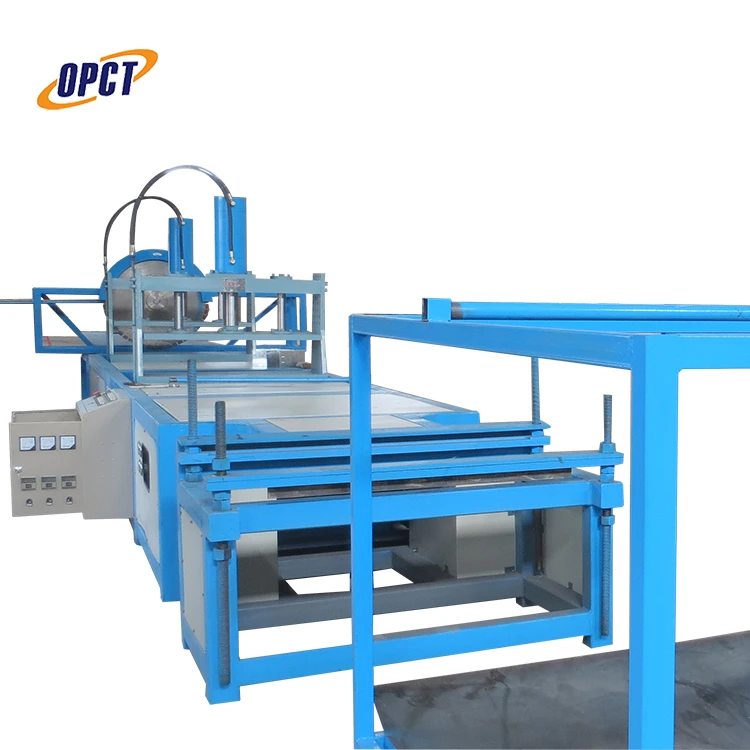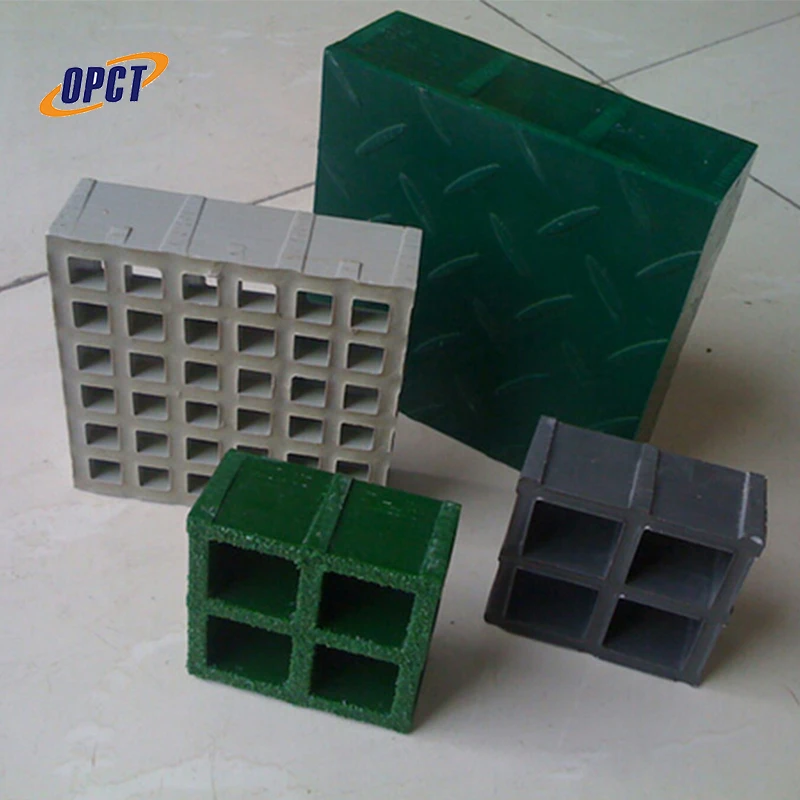The cost of fiberglass reinforced plastic (FRP) grating has always been a subject of interest for engineers, architects, and procurement managers looking for high-quality, durable, and cost-effective solutions. As the demand for corrosion-resistant materials grows across various industries, understanding the pricing dynamics of FRP grating becomes crucial for making informed purchasing decisions.

FRP grating is renowned for its exceptional durability, resistance to corrosion, and lightweight properties. Unlike traditional materials such as steel or aluminum, FRP does not rust or deteriorate when exposed to harsh chemical environments. This makes it an ideal choice for industries such as wastewater treatment, petrochemical processing, offshore drilling, and food and beverage manufacturing, where reliability and longevity are paramount.
The price of FRP grating can vary significantly based on several factors, making it essential for buyers to navigate these variables with expertise. First and foremost, the manufacturing process plays a crucial role in determining cost. For instance, molded FRP grating is typically less expensive than pultruded grating because it involves a simpler production process. Molded grating is formed in a single molding operation, which reduces labor and tooling costs. However, pultruded grating, which is more labor-intensive to produce, offers higher strength and load-bearing capacity, thereby often justifying its higher price for applications requiring enhanced mechanical performance.

Material composition is another critical factor influencing the price of FRP grating. Different resins, such as polyester, vinyl ester, or phenolic, are used to achieve specific resistance levels to chemicals, fire, or UV radiation. Each resin type contributes differently to the overall performance and longevity of the grating, impacting its cost. For instance, phenolic resin gratings, known for their superior fire resistance, are considerably more expensive than polyester gratings, which are commonly used for general applications. Therefore, buyers must assess their specific environmental and mechanical needs to choose the right resin type, balancing performance with budget considerations.
The size and thickness of the grating also affect pricing. Standard panel sizes are usually more economical due to mass production efficiencies. However, custom sizes or thicknesses needed for particular projects might attract additional costs due to bespoke manufacturing requirements. Moreover, the inclusion of additional safety features like anti-slip surfaces or specific colors can contribute to the overall cost, providing both functionality and aesthetics.
frp grating price
Geographic location and supply chain factors further influence FRP grating prices. Regions with established production facilities often provide more competitive pricing due to reduced shipping and handling costs. However, buyers in regions lacking local manufacturers might incur extra expenses due to import taxes and extended transportation logistics. Additionally, fluctuations in raw material costs and changes in economic conditions can affect prices, necessitating continuous market analysis for cost-effective procurement.
Gaining expertise in the FRP grating market also involves considering total cost of ownership rather than just initial purchase prices. While FRP solutions may carry a higher upfront cost compared to traditional materials, their longevity, low maintenance requirements, and superior performance often result in lower life-cycle costs. Therefore, decision-makers should consider the long-term financial benefits when evaluating pricing options.
Authoritativeness in the field of FRP grating procurement can be achieved by engaging with trusted industry experts, attending trade shows, and participating in professional networks. These platforms provide insights into technological advancements, emerging market trends, and innovative applications, equipping buyers with the knowledge needed to make authoritative purchasing decisions. Furthermore, working with reputable suppliers who provide comprehensive product information, reliable after-sales support, and clear documentation on product certifications shall enhance the credibility and trustworthiness of the purchasing process.
In conclusion, understanding the intricacies of FRP grating pricing requires a balanced consideration of the type of grating, material composition, customization needs, and market dynamics. By leveraging industry expertise, establishing strong supplier relationships, and focusing on long-term benefits, stakeholders can optimize their strategies to procure FRP grating solutions that deliver unmatched performance and value.




